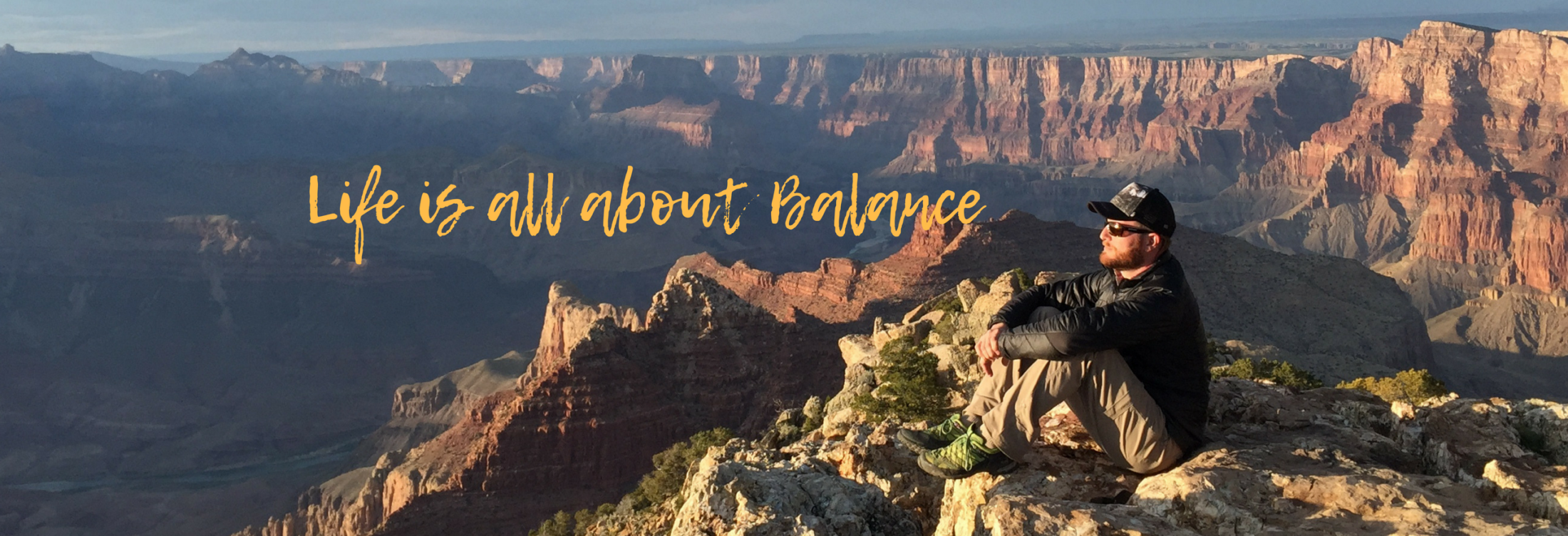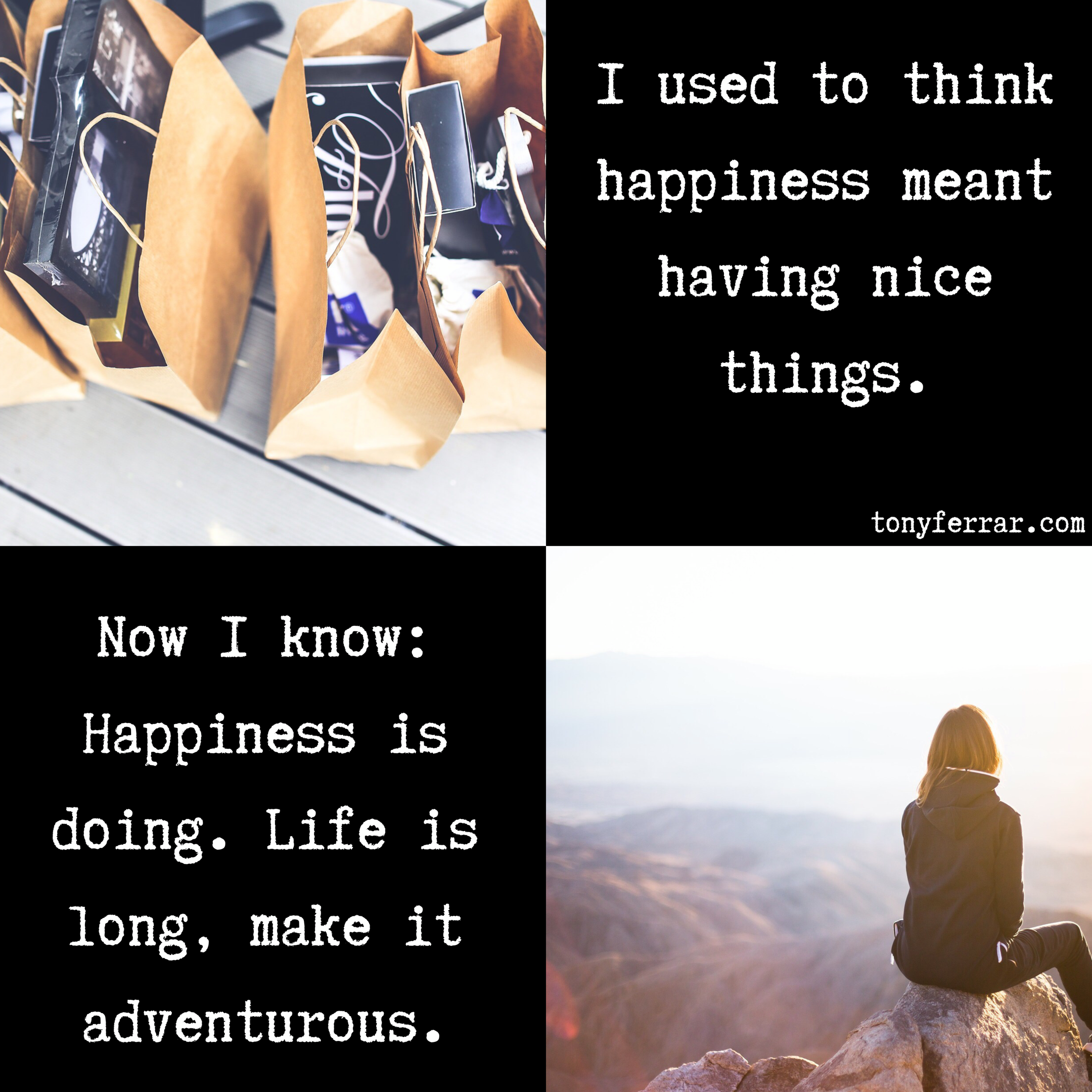The first thing I can remember borrowing real money for (other than student loans) is a TV. I followed this with a brand new car, a furniture set, a vacation, and (my favorite) the moving bill to move all of that stuff across the country. I made all of these choices while I was a student (ok, a grad student – but that’s hardly better when it comes to financial health).

We’ve moved 3 times in the last four years. Every single time, we’ve gotten rid of things (not added any). I think that’s funny because I acquired all of this stuff as a student. Yet every time I move, the home shrinks and we shed more stuff. After graduating, aren’t I supposed to be moving to bigger and bigger homes and filling them with more and more nice things?
The Timeline of Consumerism
1900s: With the advent of the assembly line and ultra-efficient mass production, thing-makers teamed up with mass media in the 1900’s with a few clear messages:
- Happiness means having things
- Life is short, but buying stuff can make it comfortable
Don’t believe me? Go take a look at the images and problems that appeared in most tv shows and movies…
2000s: The internet added a new twist to consumerism. Now that we are able to buy remotely, as opposed to entering physical stores, we can shop around. We learned an important lesson:
- Never, ever pay full price. For anything.
Retailers responded by realizing that if they tell you it’s “on sale” you’ll feel like you got a great deal and buy more stuff! Don’t believe me? Compliment someone’s shoes and they’ll inevitably tell you how LITTLE they paid for them.
Unfortunately, some things still cost a lot. We avoid the pain of larger purchases by financing them – which retailers learned to leverage. Every store offers you a discount if you buy with their credit card. Instead of a $1000 shopping spree costing you $1000, get a card and pay $15/month. Gee, I wonder why this works.
How to be broke
By the time my student loan bills came due, my monthly minimum payment for all outstanding debt was $1400/month. Only half of that was for student loans. At checkout counter after checkout counter I had asked the question, “can I afford the monthly payment?” when I should have been asking “do I have the cash for this?”
When you don’t have a lot, you find yourself looking at the things people have and thinking “wouldn’t it be nice?”
Digging out
My wife and I had a few difficult conversations. She was always pretty great at making financial decisions. I liked to eat out. A lot. We decided that we didn’t want to spend our future working to pay for our past.
2.5 years, and countless peanut butter and jelly sandwiches later, we paid off $100,000! We never had a big income, we just hustled and spent as little as possible while continuously looking for opportunities to make extra cash.
The new rich
During the digging out phase of our journey, I learned an important lesson: stuff doesn’t make me happy. I used to think the reason to make money was to get more stuff. Now I know the truth (for me at least):
Money is for experiences, not stuff.
When I look at our current circumstance, I realize that I am wealthy. I’m not in the upper income tiers (far from it). I don’t have a massive net worth. I don’t own a home. I don’t drive a nice car. The shoes I’m wearing cost $20 and I still have a PBJ in my backpack for lunch.
But. I spent a summer backpacking Europe. I spent 5 months driving a lap of the US. I’ve stood on top of Half Dome, browsed the Namdaemun Market in Seoul, and sucked the brains out of crawfish in New Orleans. I stumbled into a speakeasy in Flagstaff and slept under the stars in Death Valley. That’s what getting out of debt and limiting our consumerism has freed us to do.
Conclusion
I think the new rich is a mindset that focuses on a few key ideas:
- Owe no one
- Have what you need – quality gear that enables you to do things
- Invest in experiences
Happiness is doing. Life is long, make it adventurous.


